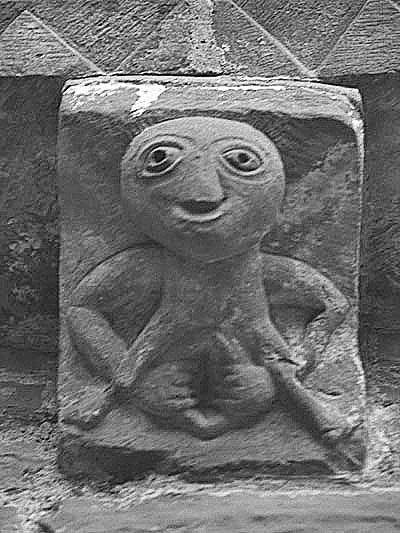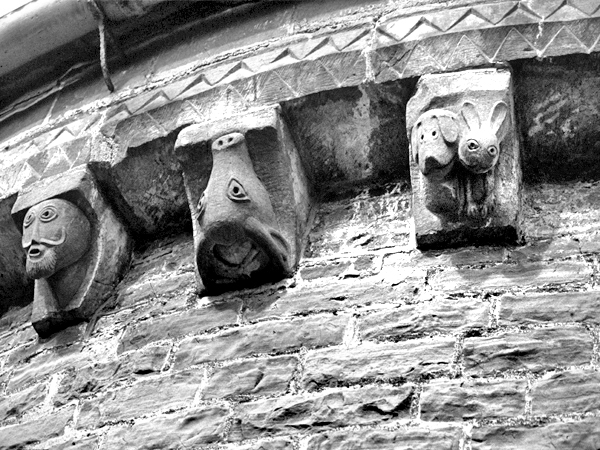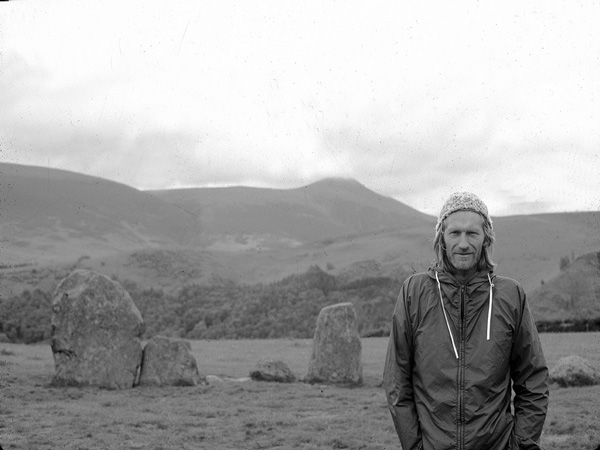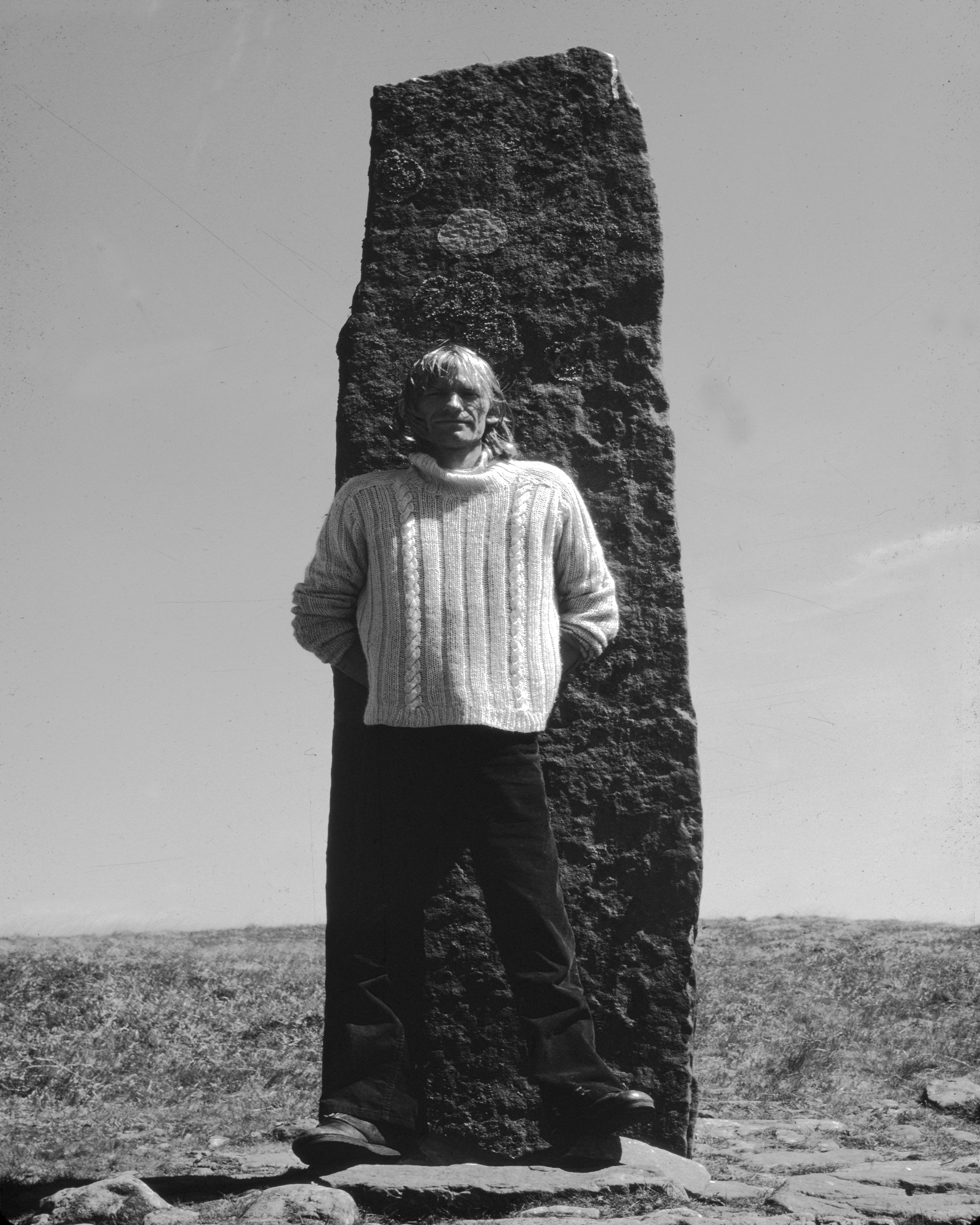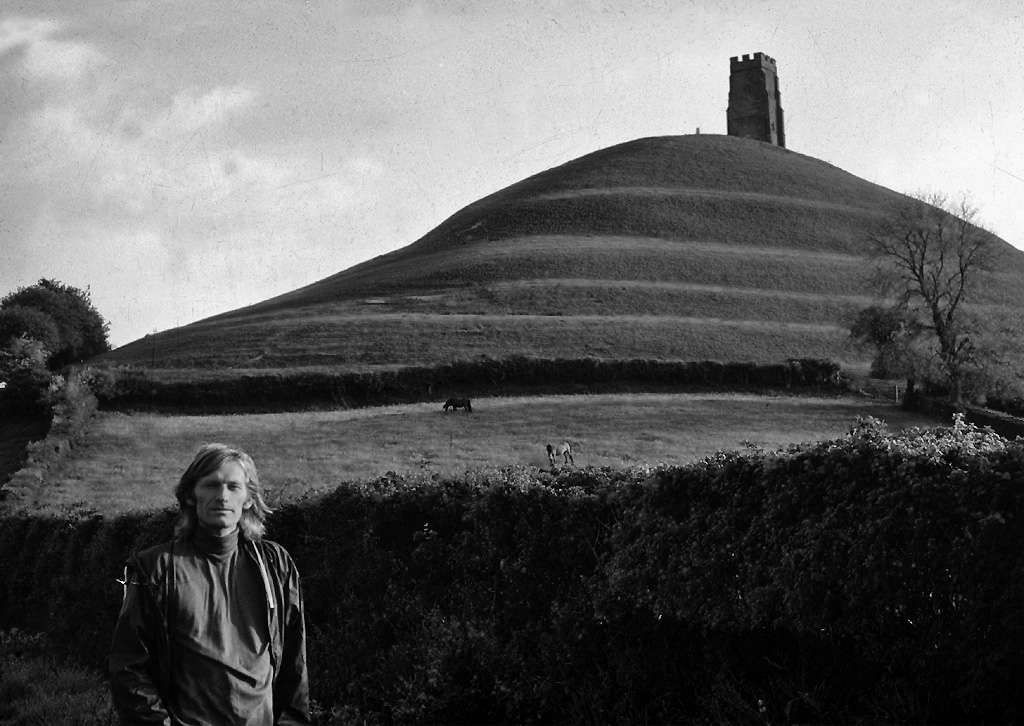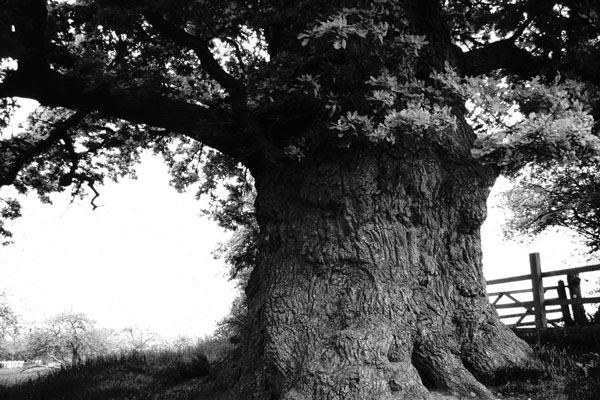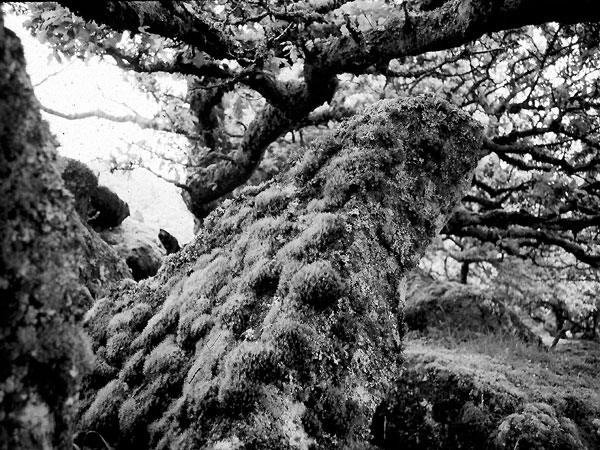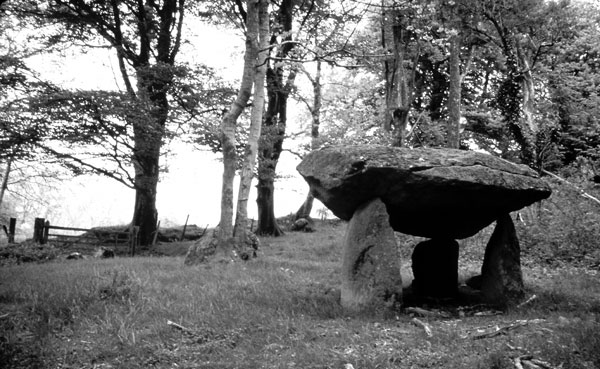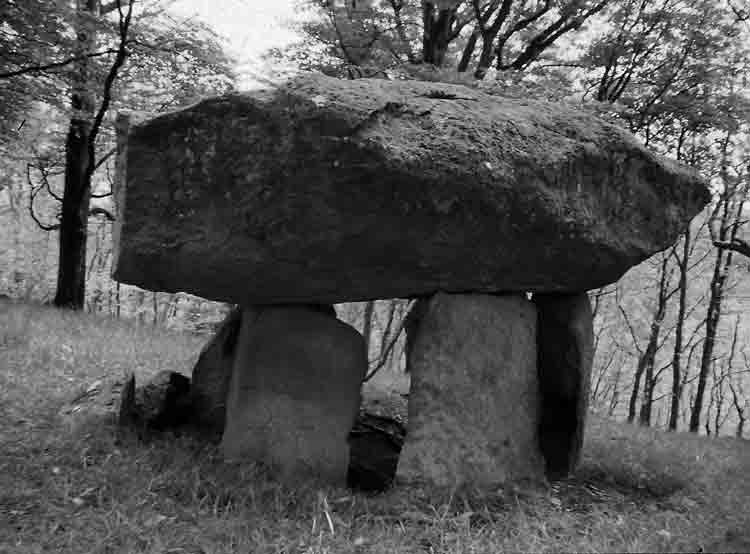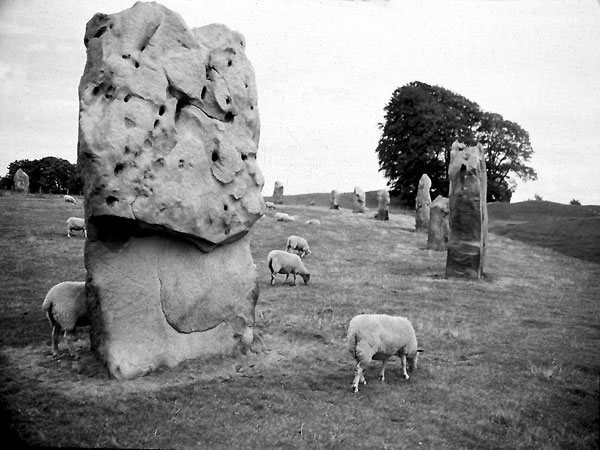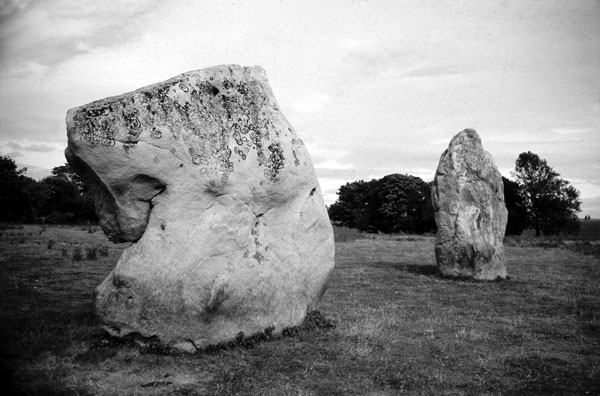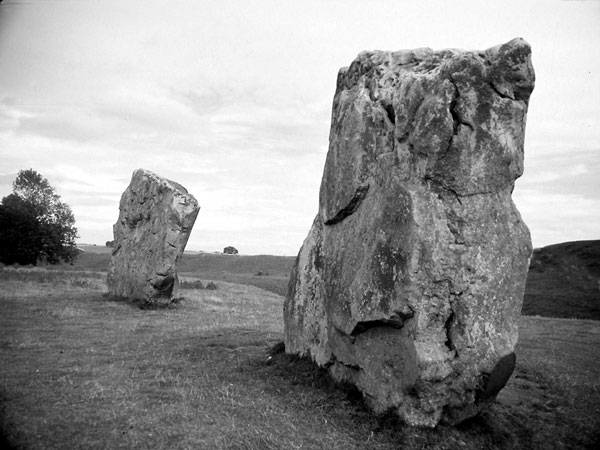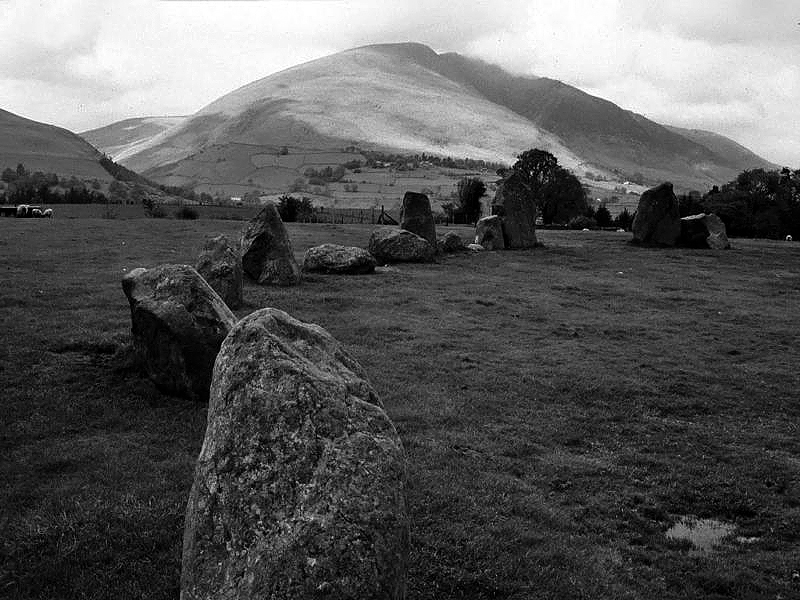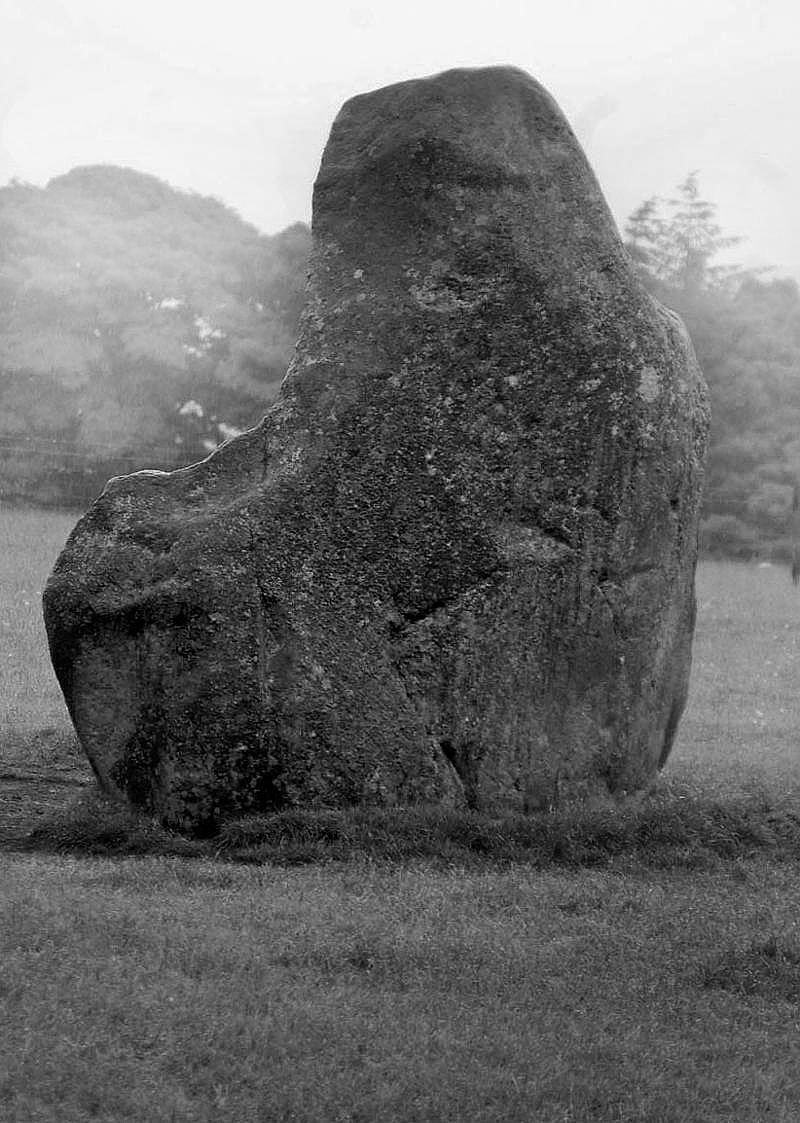Note: As with all postings what you see is just a current snapshot. Each post gets updated in time as I add new material . So if interested please check back. Some of the photos are many years old so please excuse the quality
Above and below- Glastonbury in Somerset. The town and the hill has much history including the being the burial site of King Arthur in the now dissolved Abbey. It was also known as Avalon. There was once a ceremonial avenue of oaks that led up to the Tor-which is the hill that dominates the town. In the early part of the twentieth century a farmer cut down many ancient oaks that were tree ringed to be two thousand years old leaving only these two remaining oaks called Gog and Magog.
Above– On the bleak wastes of Dartmoor is Wistmans Wood a small forest of dwarf oaks and among them many lichen covered stones. A left over from when the area was covered in forest. It was quite an strange place and one could easily imagine faeries among the upturned stones. Some say one of the most haunted places on Dartmoor. The name of Wistman’s Wood may derive from the dialect word ‘wisht’ meaning ‘eerie/uncanny’,or ‘pixie-led/haunted’.
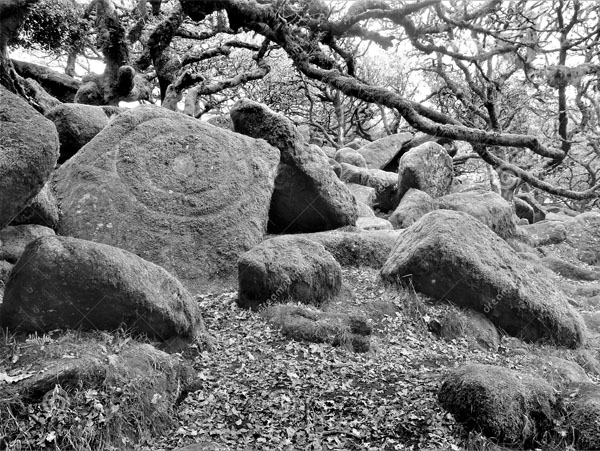
Below– St Lythans and Tinkinswood in South Wales. Once covered in earth making a mound these standing stones are all that is left.
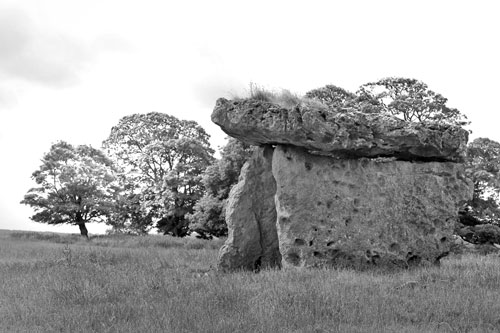
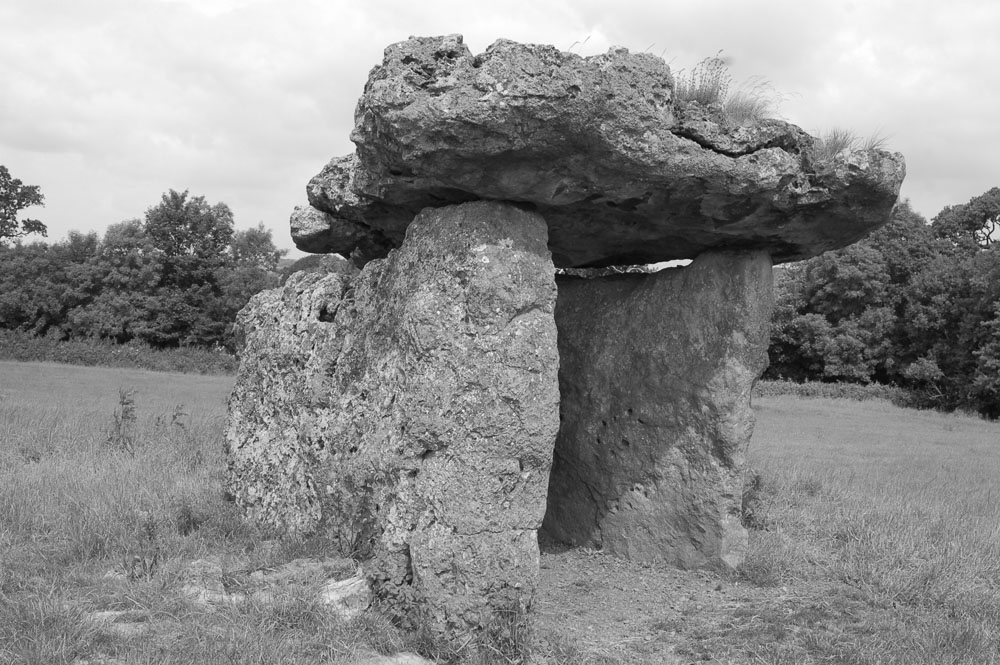
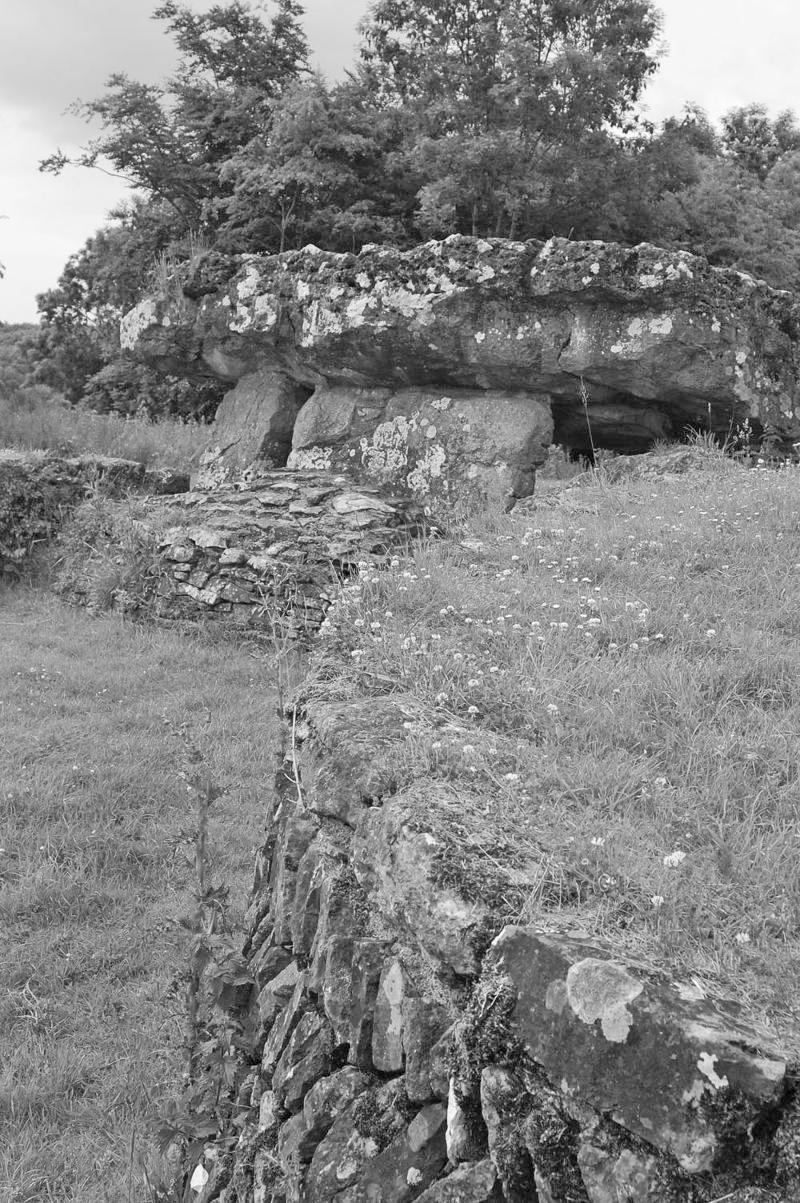
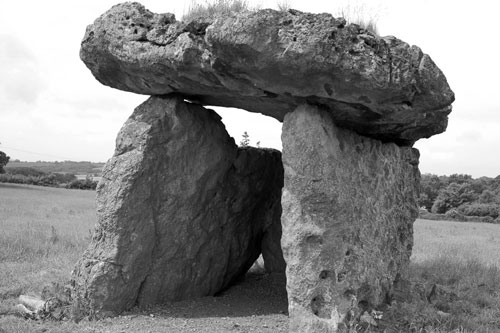
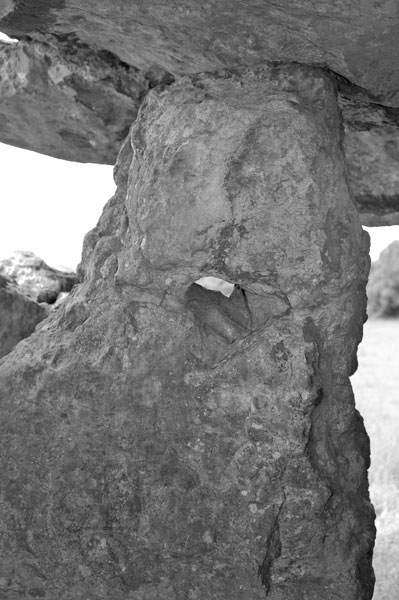
Above why the hole? This was all covered in soil making a burial mound.
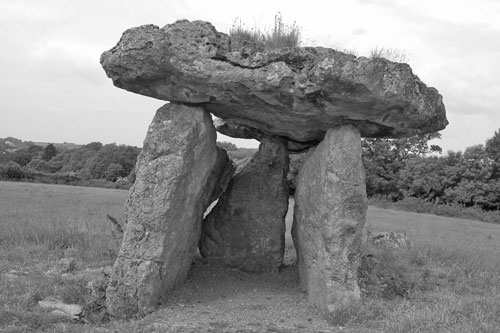
Below– Near Dolwilym in mid Wales. The Lair Of The Grehound Bitch. This site like many is far of the beaten path.
The ones too near the beaten path get damaged or have long disappeared.
Below– Near Stonehenge on Salisbury Plain and originally part of the same complex is the giant Avebury henge. An avenue of stones leads to the circle just out the frame to the lower left
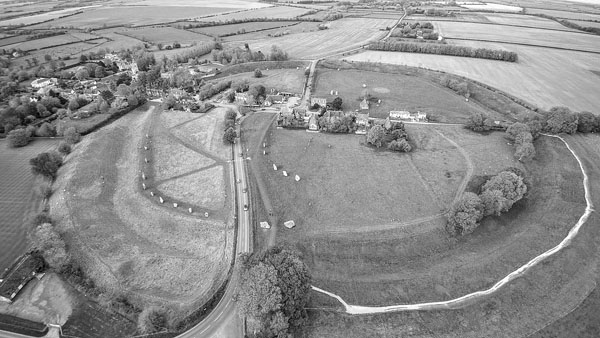
Photo above courtesy Wikipedia
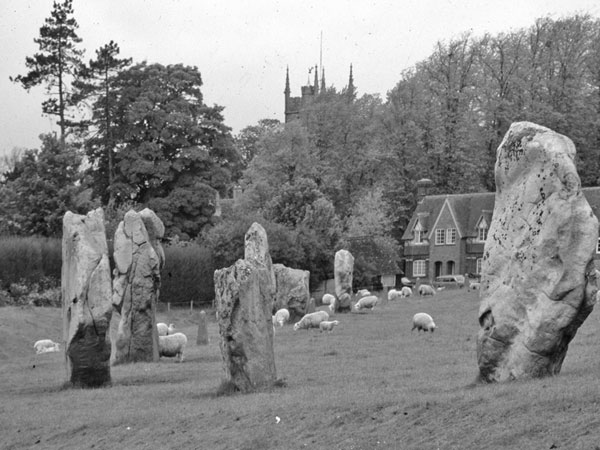
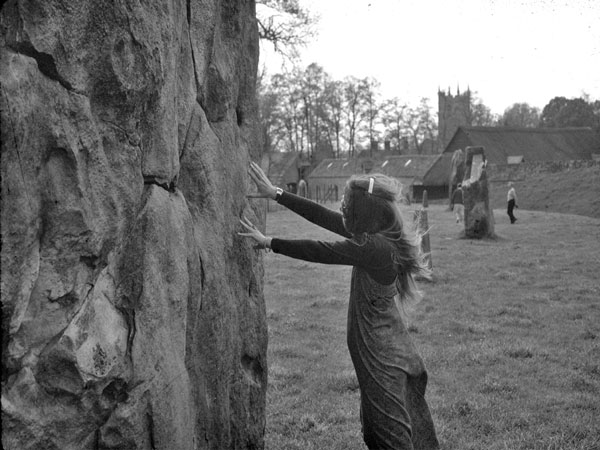
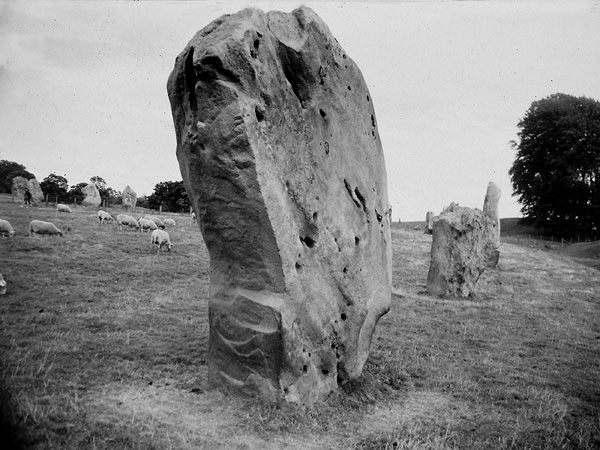
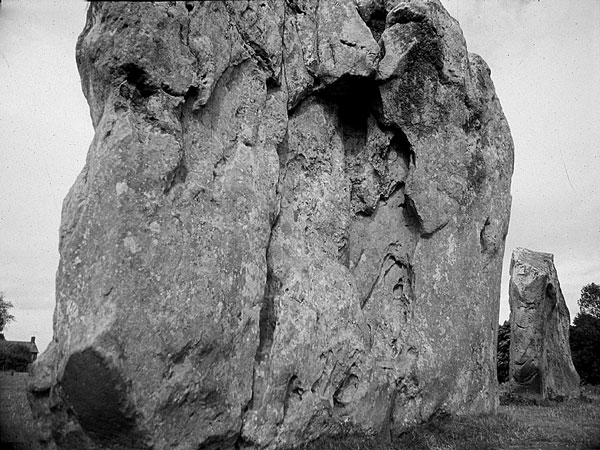
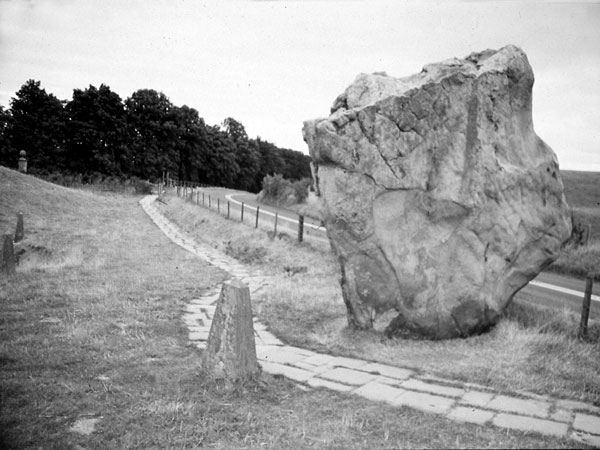
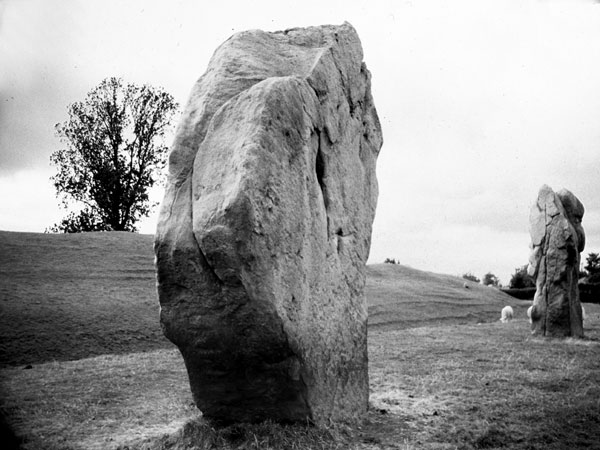
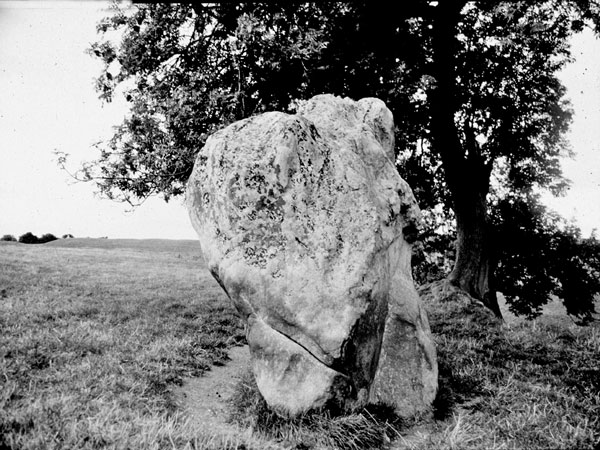
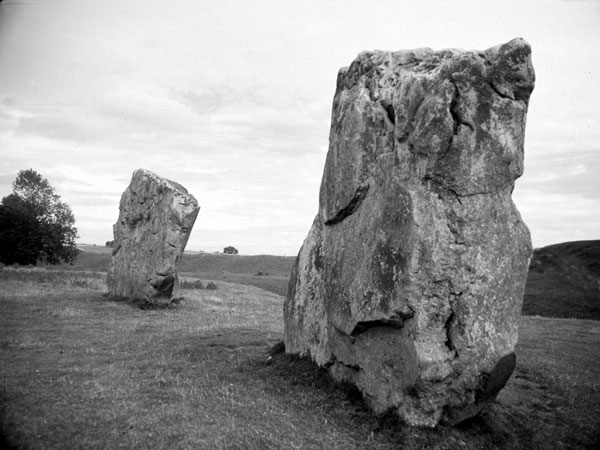
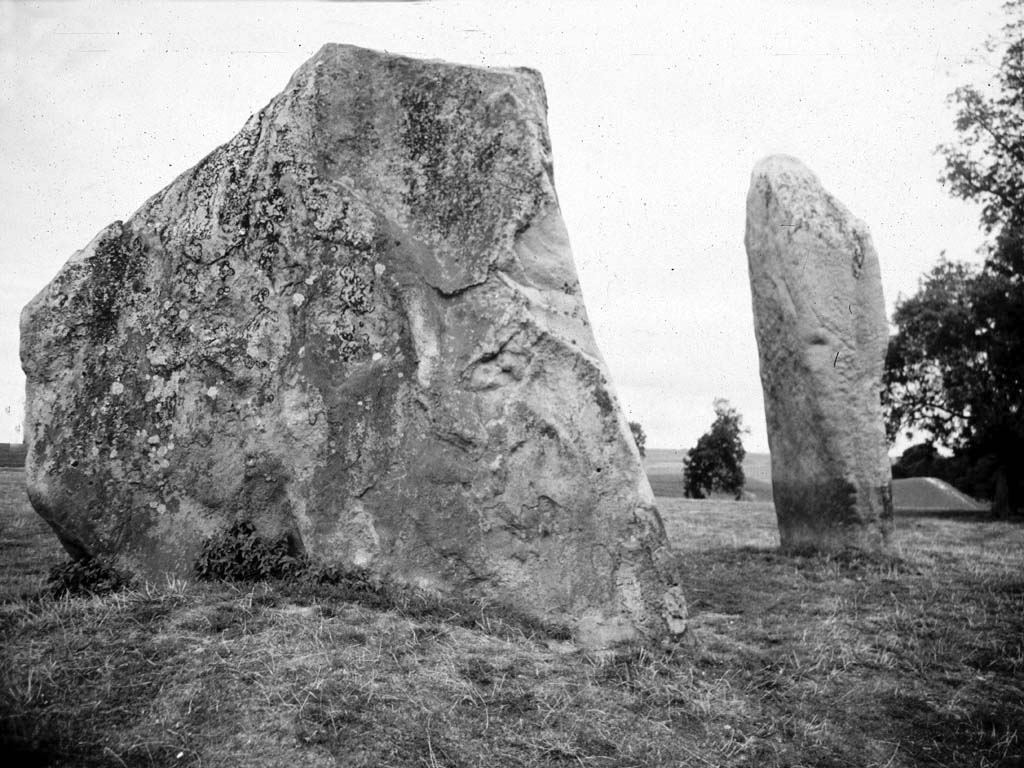
Below-Set in a magnificent location between mountains is Castlerigg Stone Circle near Keswick in the Lake District of Cumbria.
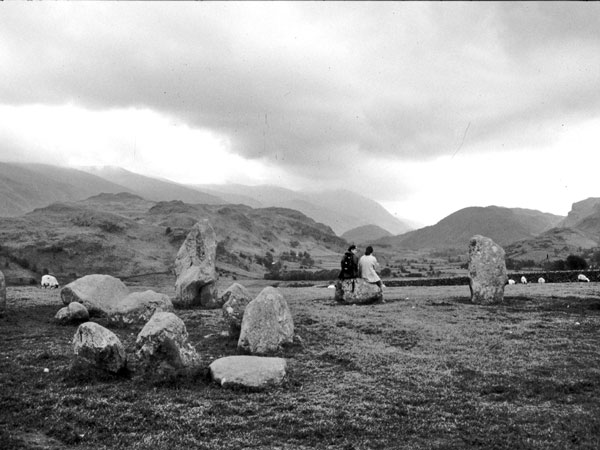
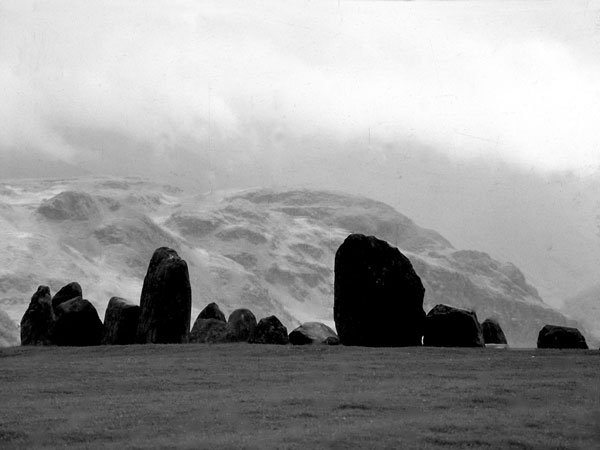
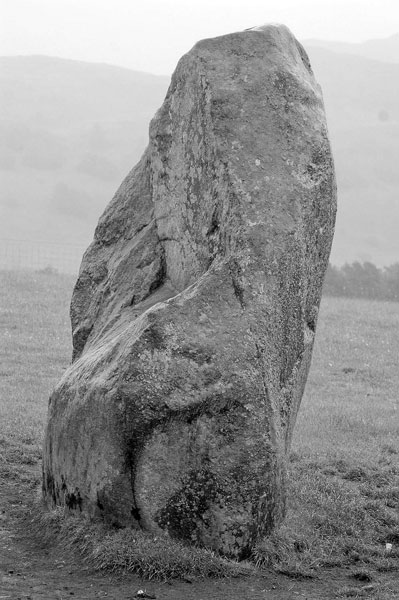
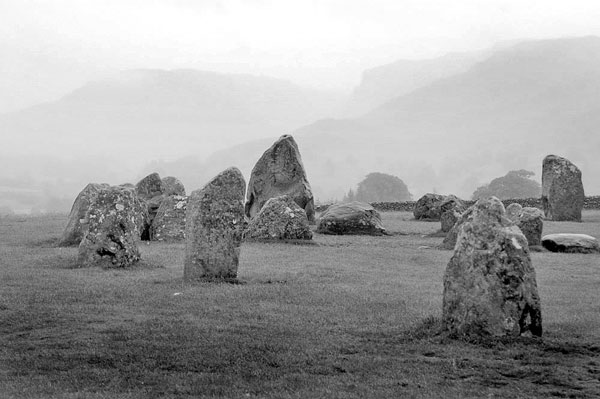
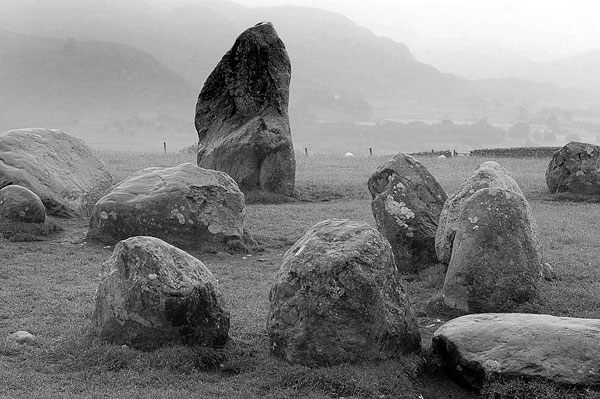
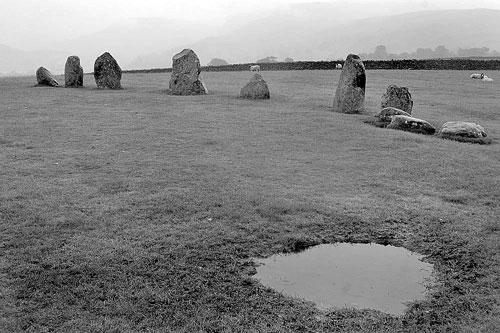
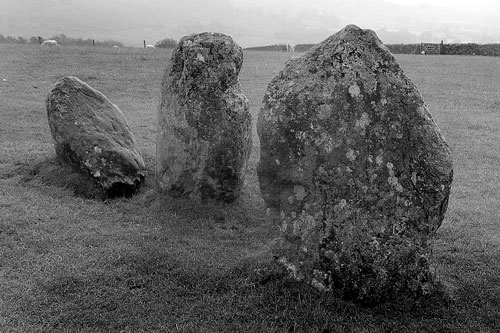
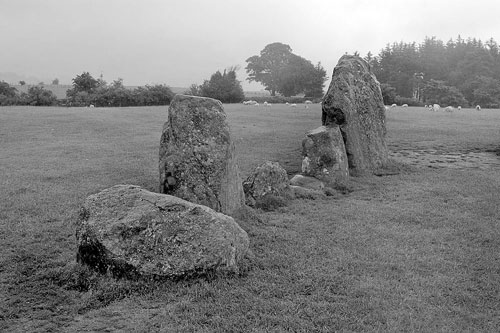
Below In Cumbria Long Meg And Her Daughters
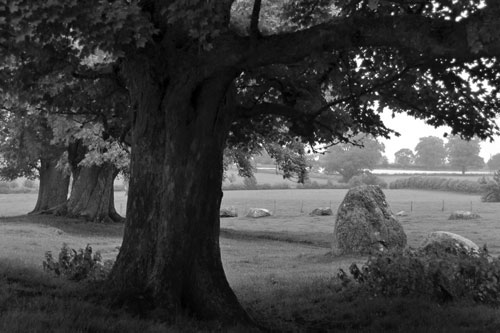
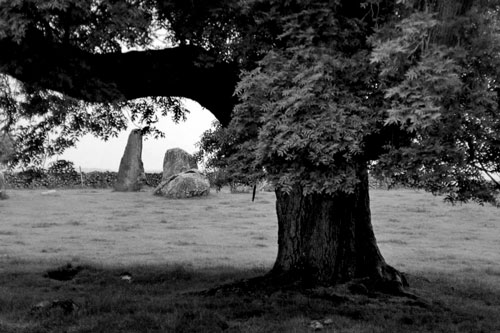
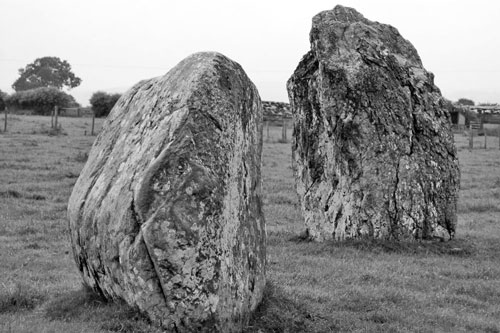
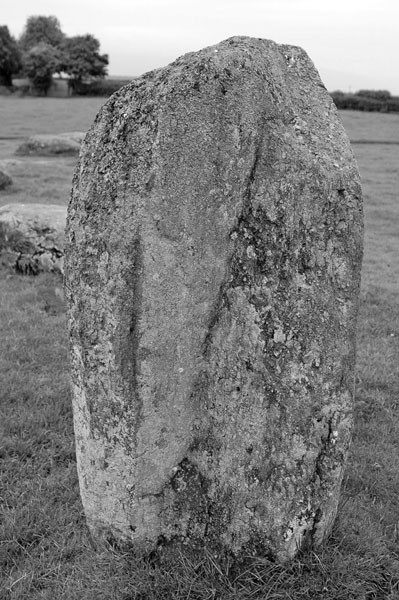
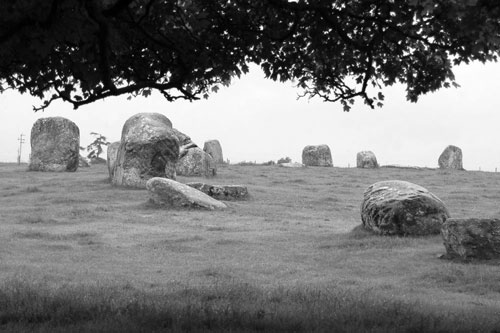
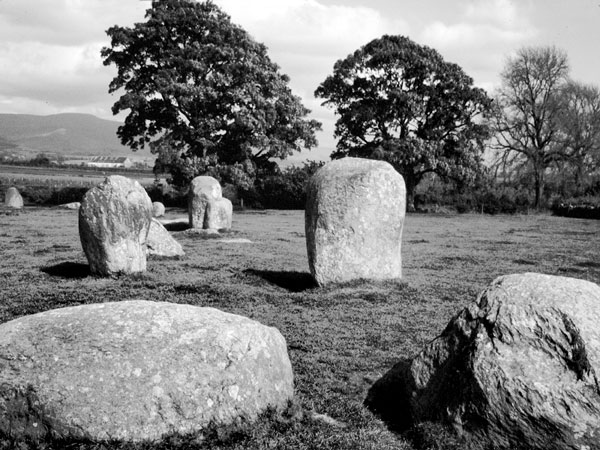
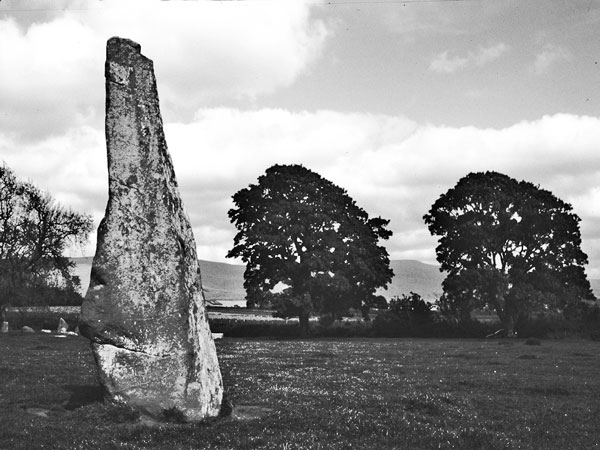
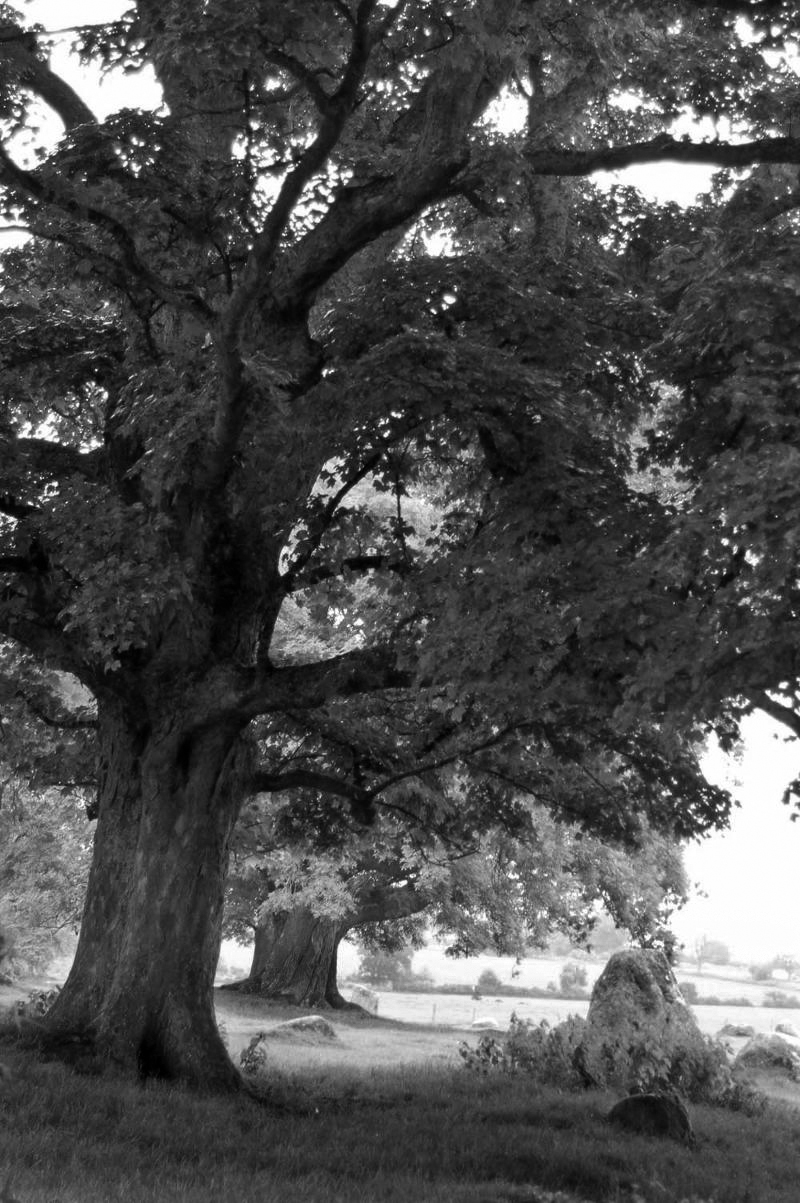 Below-Also in Cumbria is Mayburgh Circle but only this centre stone remains.
Below-Also in Cumbria is Mayburgh Circle but only this centre stone remains.
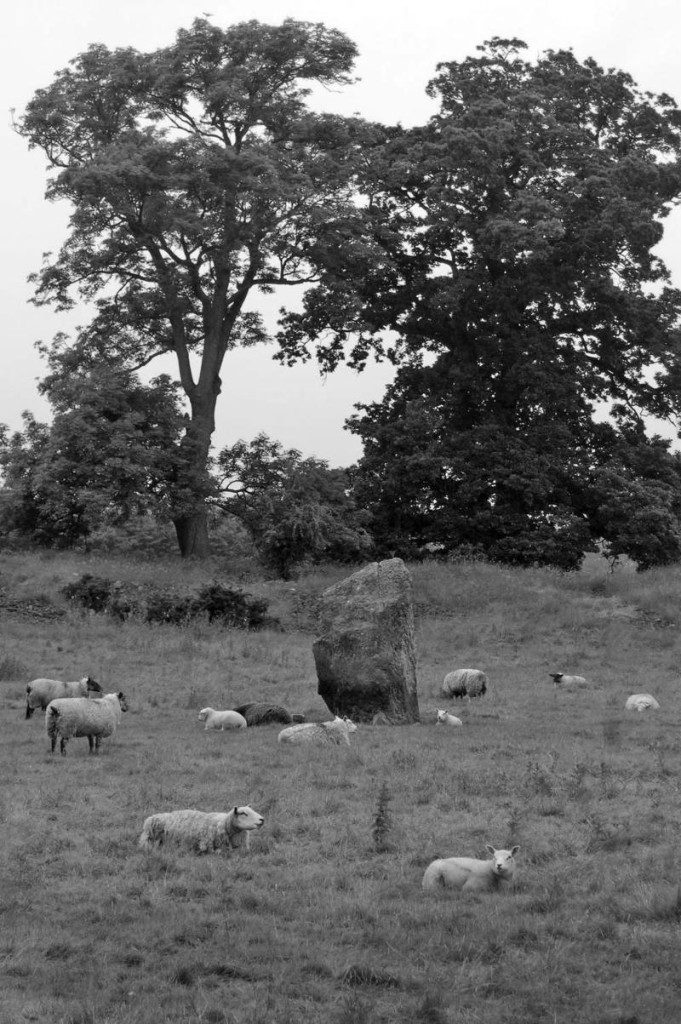
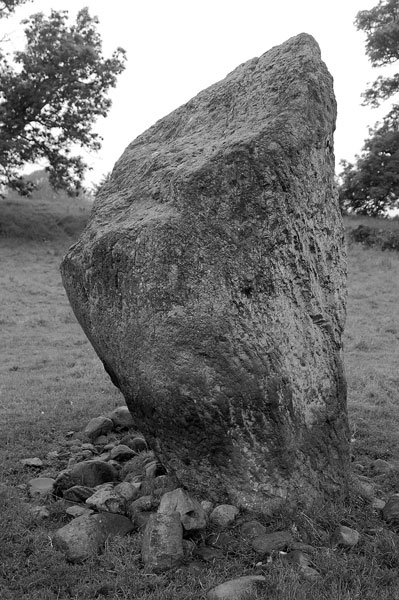
Below the Uffington White Horse and Dragon Hill in Wiltshire. Like many figures carved into the chalk hills it is hard to see at ground level unless one is in the air. For more than 3,000 years the Uffington White Horse has been maintained by the locals who every seven years would scour the encroaching grass.
The Uffington Horse is by far the oldest of the white horse figures in Britain and is of an entirely different design from the others inspired by it.
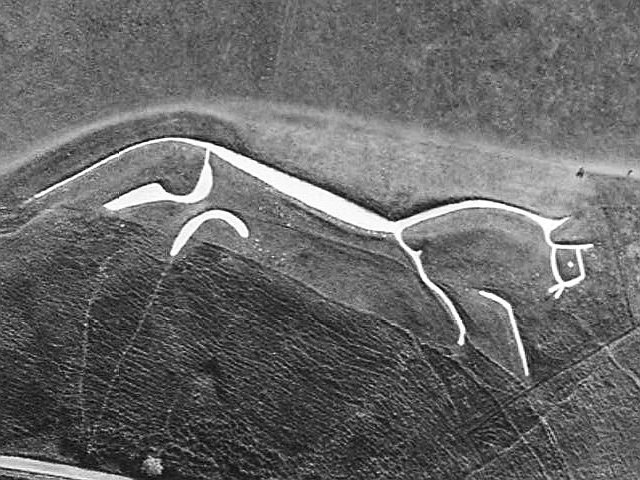
Even up close it is hard to see what it is.
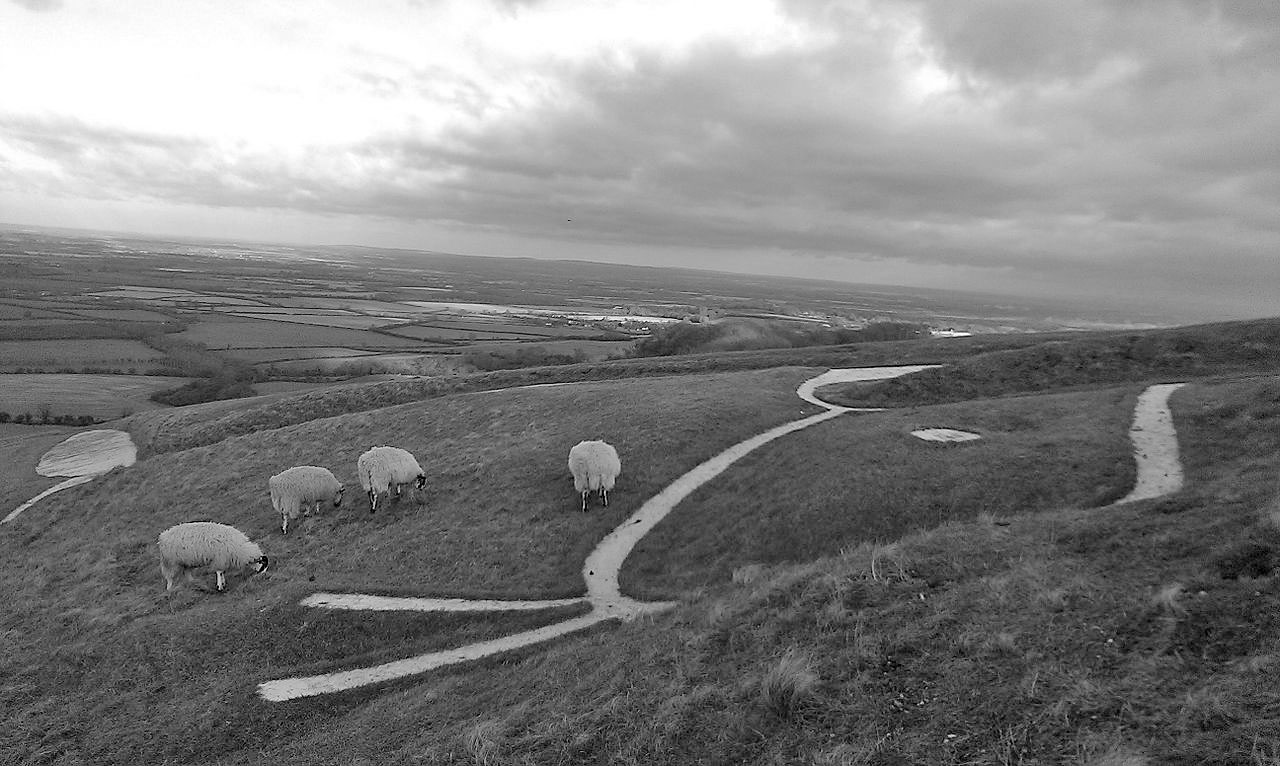 Above photo courtesy Wikipedia
Above photo courtesy Wikipedia
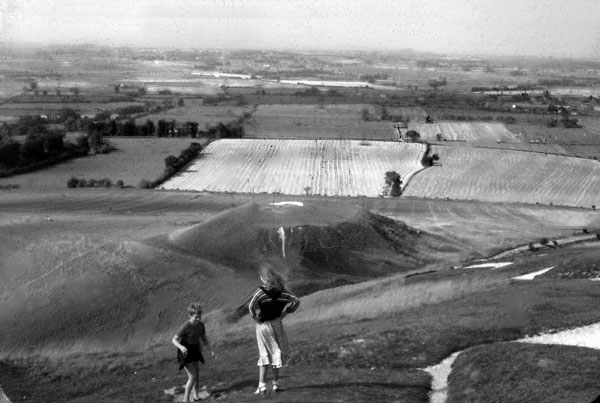
According to legend, Saint George slew the dragon here. A bare patch of chalk upon which no grass will grow is purported to be where the dragon’s blood spilled. It has been suggested as some sort of Iron Age ritual site associated with the nearby hill horse figure.
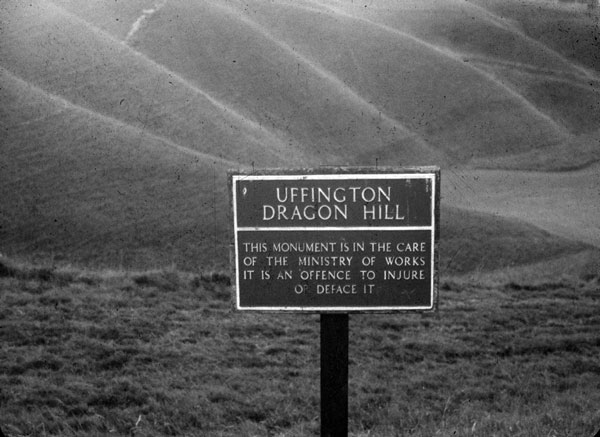
Below-Wayland’s Smithy is along the same hill as the Uffington White Horse and to The Ridgeway, an ancient road running along the Berkshire Downs. I cannot find my photos I took of this place so I will add these ones from Wikipedia
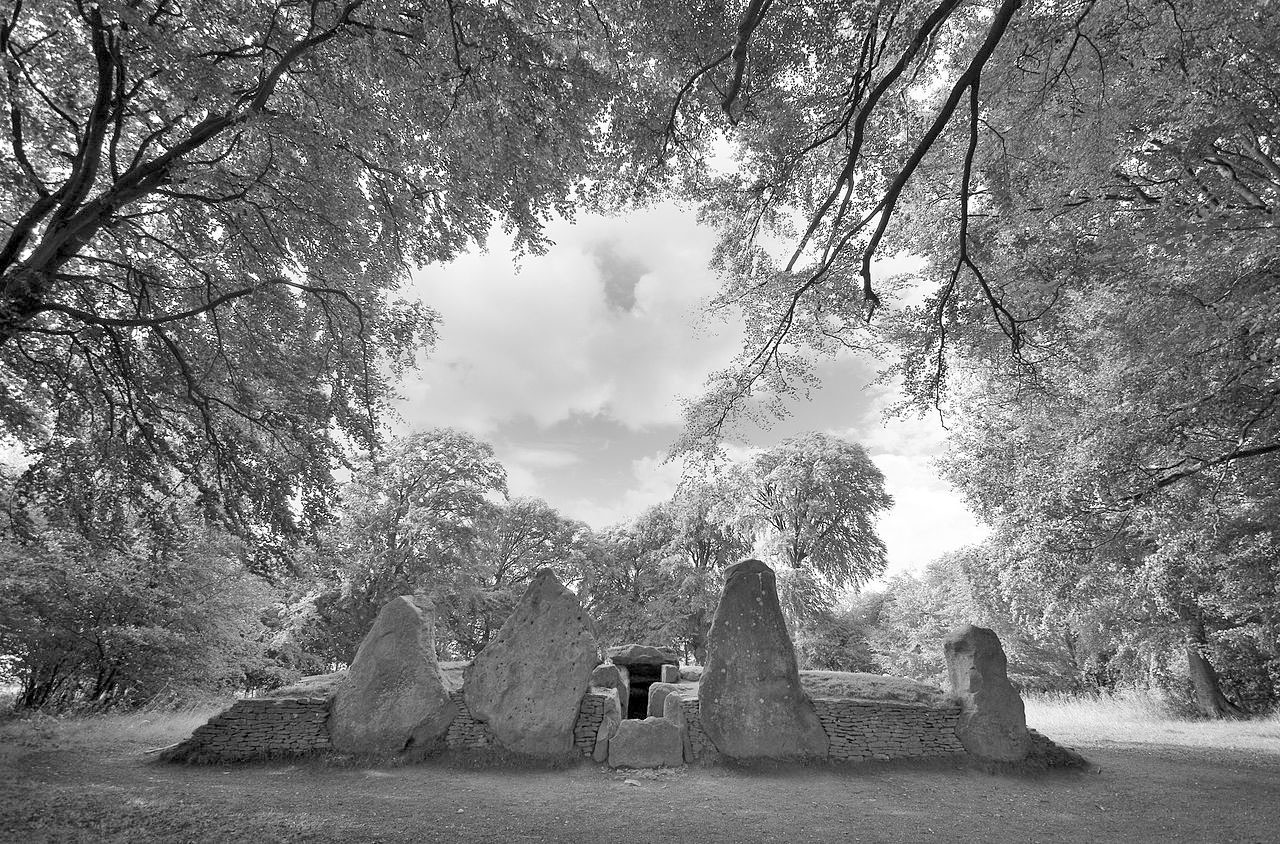
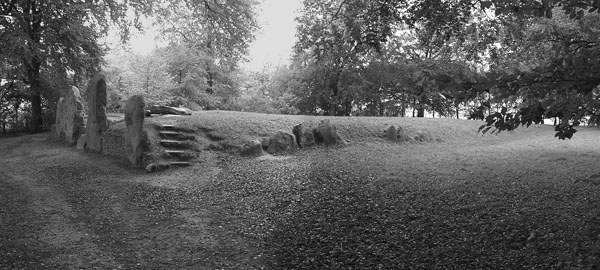
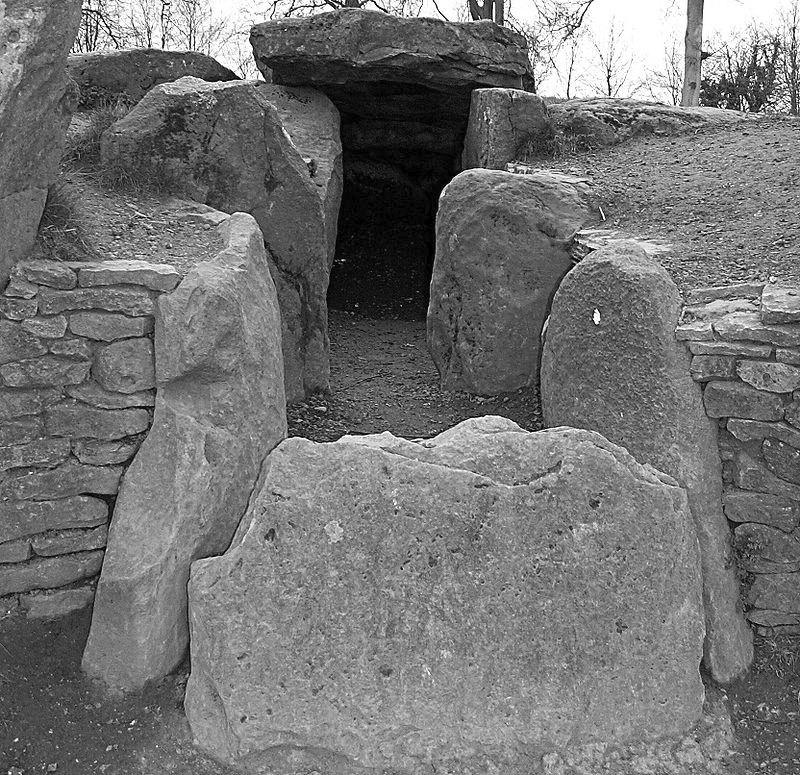
Below–Carn Euny in Cornwall. A megalithic era settlement now deserted surrounded by wildflowers. This is from within one of the many chambers which I think were for living.
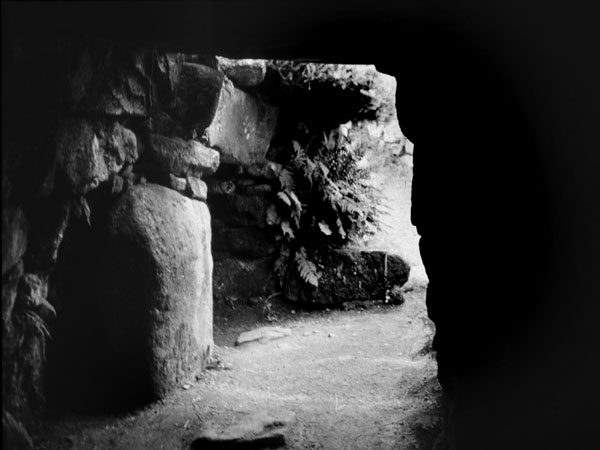
Below- In the village of Much Marcle is this ancient yew tree within which one can sit and contemplate for whom the bell tolls.
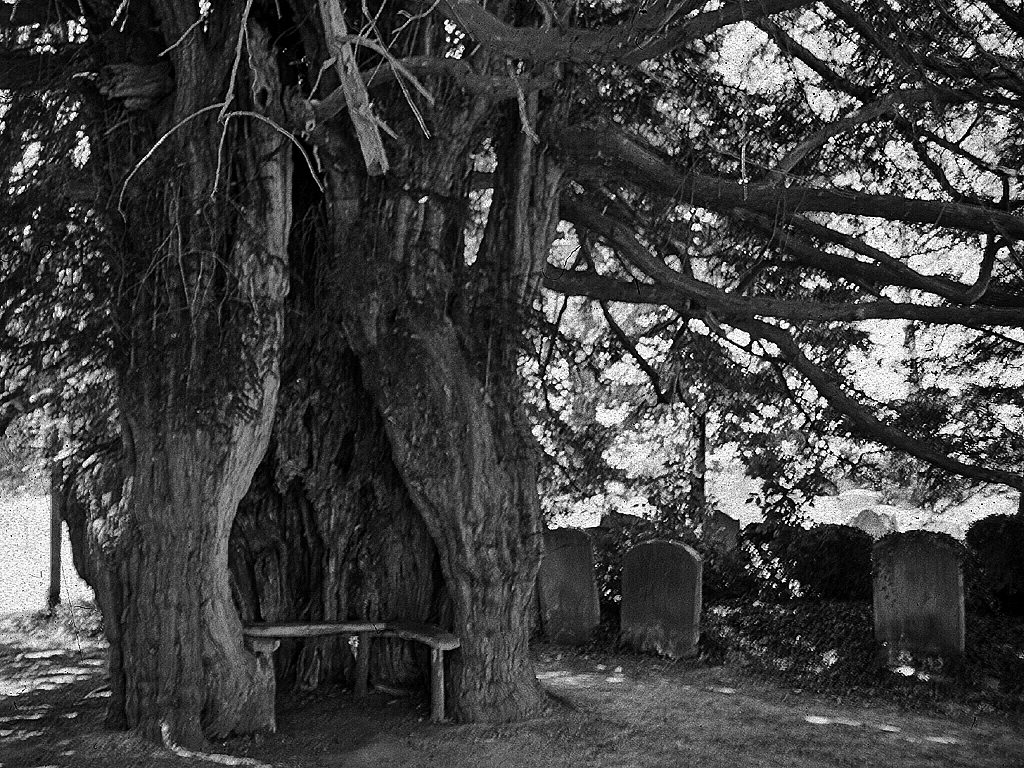
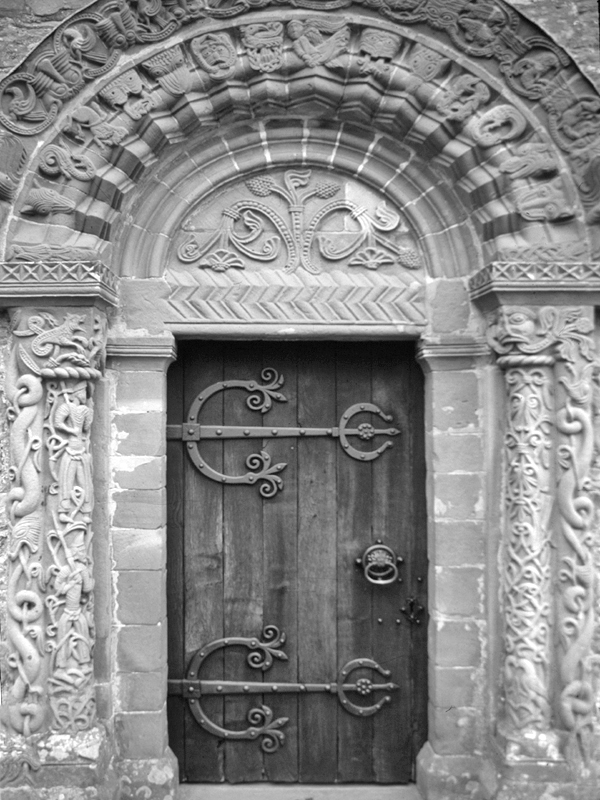
Below- There is a very interesting church at Kilpeck in Herefordshire which is a very early christian church and has many Saxon and Celtic designs along with this Sheila Na Nig corbel.
